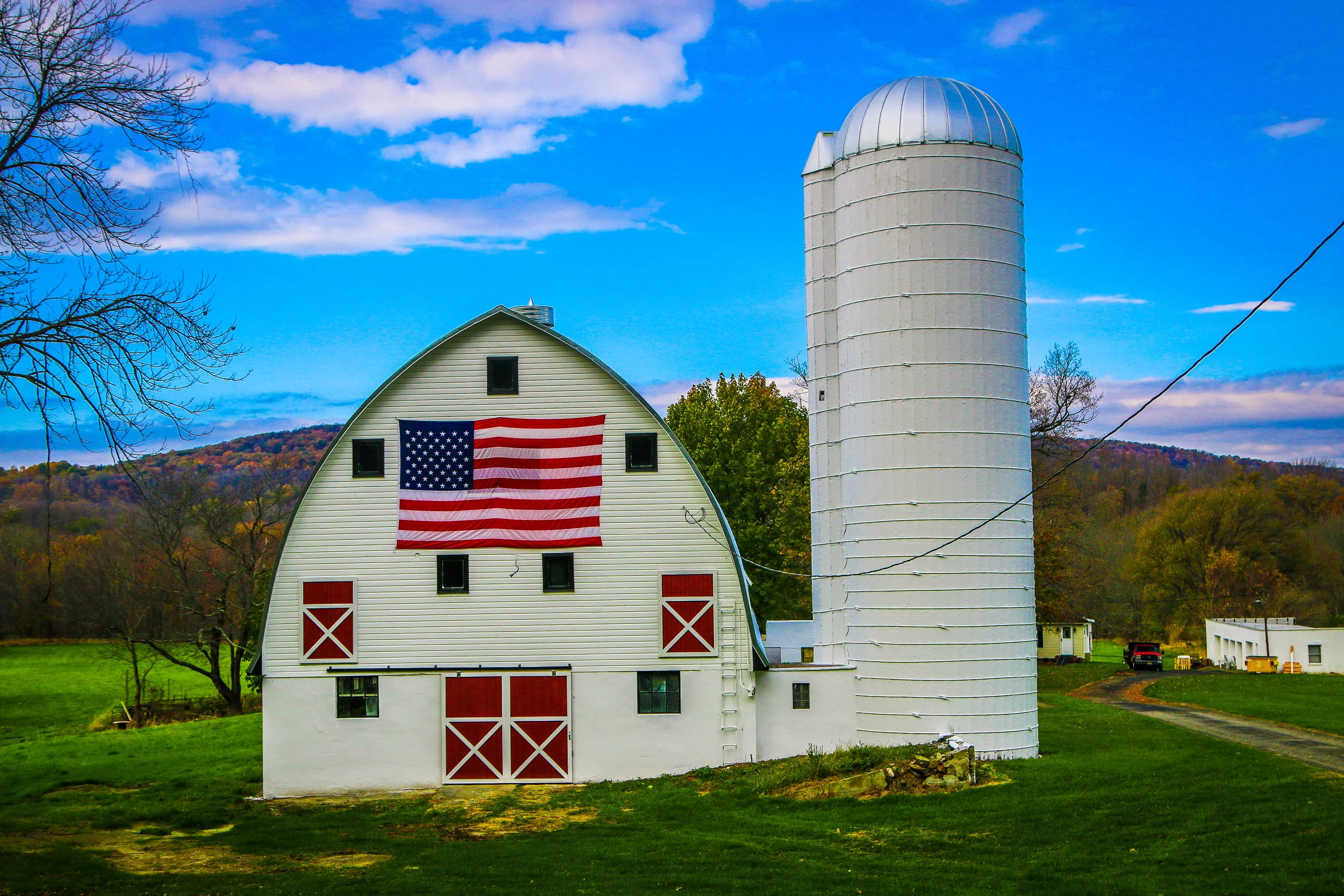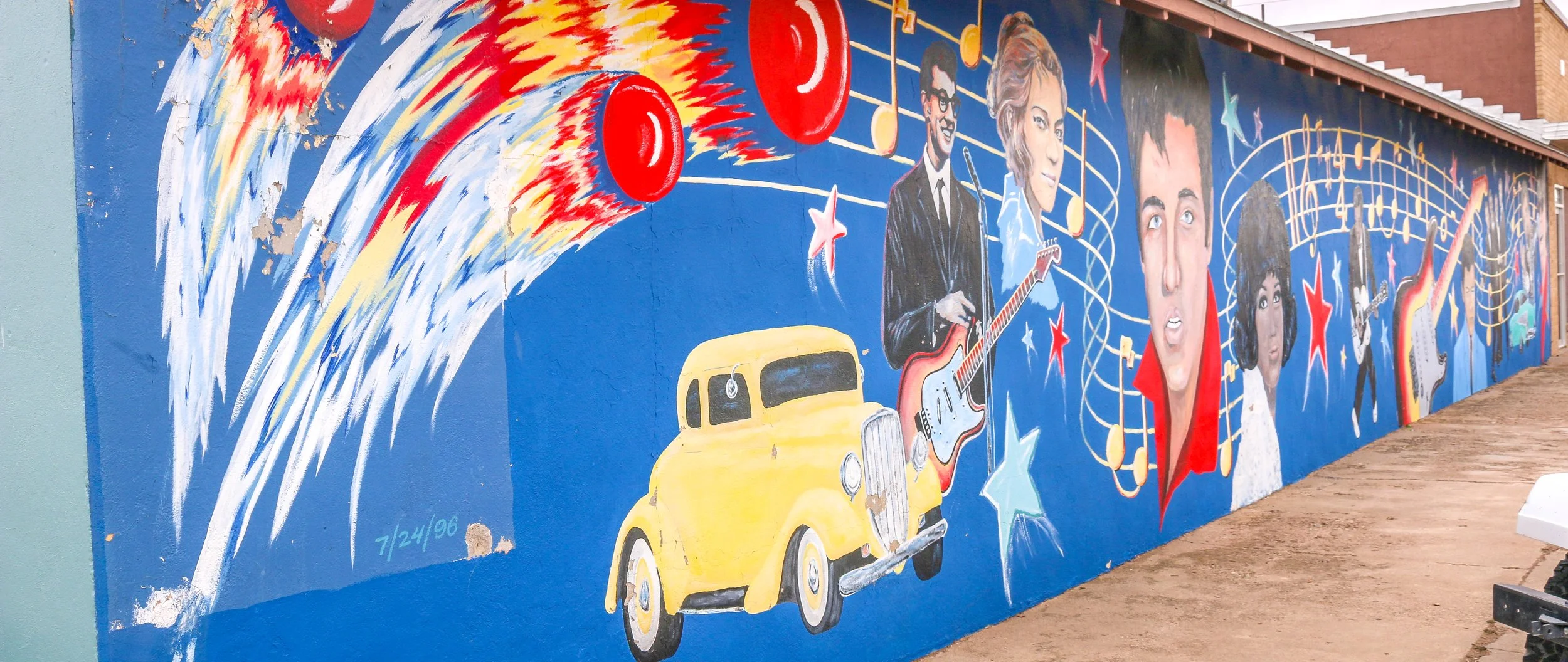Hello Everyone! Greetings from Arizona, where I have been since the weekend. So far, Arizona has had its challenges and after a fairly smooth 6 weeks in New Mexico it’s caught me a little off-guard. Arizona is also one of the states in which I have spent a lot of time in the past, probably a year of my life collectively if not more, so I wasn’t expecting to have any problems here whatsoever. Gas is up at around $4.59/gallon on average, meaning it costs over $100 to fill my tank which is hard when you’re on a budget and need to fill up every 2-3 days. I can’t let it stop me, but it’s painful. I don’t see states dropping their fuel taxes to help mitigate it either, once again turning towards and pointing at the federal government. It’s been very windy since I’ve been here which the locals tell me is common for this time of year. I guess I haven’t spent much time here in the spring before and have visited mainly in summer, fall and winter. When I say “wind”, I’m talking about sustained 30-40 mile per hour winds with gusts up to 60. When it’s at your back, it certainly pushes you right along, but when it’s coming from any other direction it makes driving a real chore. Hiking in it is also less than pleasant, as really is any outdoor activity. Beyond the wind, I haven’t had a phone signal since I got to the state except for a few hours in Holbrook. There is a signal, but not one I can get on either my Sprint or AT&T phones. It’s their state and if they are happy with their coverage then so be it, but it’s frustrating as I haven’t encountered this elsewhere to this degree. This also means that I need to use WiFi and depending on where I am, it’s very particular about what I can access – and I’m talking about mainstream things like Twitter, Netflix and AT&T Prepaid, not anything remotely scandalous. I’ve found campgrounds to be prohibitively expensive and even the state parks are at a price point where I will have to be very selective as to which ones I pay to see (their annual pass of $75 is also pretty high in my comparative mind). I can tell just from the week that I’ve been here that vanlife is far more prevalent here than anywhere I’ve been thus far and communities are pushing back, making where I stay more of an issue than it has been. All of that being said, I’ve seen some beautiful places in the 5 days that I’ve been here and I hope to find more of a rhythm in the next week or so. Despite the amount of time I have spent in Arizona, there is still a lot I want to see, and I hope the logistics of my time here aren’t as overwhelming as they have been so far.
When I left you last week, I was headed north from Gallup to check out the Bisti Wilderness. Unfortunately, I had tried and failed to get a map of the area and the digital ones available online were less than adequate. When I got there, I took to the high ground to be able to navigate better, but really I should have just headed straight into the canyons. I think the warnings I read about getting lost were quite exaggerated and I spent half of my time unnecessarily high above what I went to see. When I finally dropped into the canyon, it was a beautiful place, full of hoodoos and petrified wood. Hoodoos occur when sandstone or other softer rock is covered with a layer of harder rock. The hard cap layer works like a hat and the sandstone layer erodes from the outside in instead of from the top down. Petrified wood comes about when old trees are subjected to extreme heat and pressure in very specific conditions and harden to a stone-like texture. Both the hoodoos and the petrified wood out there were really cool, but it was fiercely windy out and tough to concentrate on much besides staying upright. It was a cool area, though, and one I would definitely return to on a quieter day with a better understanding of the landscape. I left in the late afternoon and got into Farmington with enough time to shower, dress and head out to see the incredible Ballet Folklorica de Mexico at the Civic Center. I even ended up with a free ticket as the lady in the ticket office said someone had left a few to be given away. It seemed as though the performance told the story of Mexican history, from the Aztecs through to modern times. The music and dancing were wonderful, but the costumes really stole the show in my opinion. After the first hour or so, the many children who were in the audience around me started to get pretty fidgety and I wish there had been an intermission in this two hour show for them to get up and move around a little. The girl sitting two seats down from me was literally bouncing in her seat as high as she could get and her parents just let her bounce. Despite all of that, it was a very enjoyable evening and a sharp contrast from my day in the windy wilderness.
Thursday I headed off to Aztec Ruins National Monument in the morning, which was located in the cute little town of Aztec about 30 minutes up the road. Aztec was a Great House of the Ancestral Puebloans built in the 1300s in the Chaco style. It had enclosed passageways inside the ruins which were open to explore and fascinating to see. The centerpiece of Aztec Ruins was a reconstructed Grand Kiva which was a project of the lead archaeologist who excavated the site. Most reconstructed kivas are interesting and give you some idea of their purpose (as the center of Puebloan community and religious life – think of a church in early America), but they are rough and unfinished. This was a beautiful, massive kiva with plastered and painted walls (as the originals would have been in their time) and felt very peaceful and well-done. I asked the ranger if the Puebloan people who visited ever shared their thoughts on this kiva as their communities are still centered around kivas today. She told that she hadn’t heard anything so I guess it wasn’t too egregious of an example. I thought it was wonderful. I also thought it was interesting that the Animas River, a pretty big river by southwestern U.S. standards, flowed right next to the old Pueblo. Of course building your town near water has always been essential, but my questions came with why this site was abandoned. A massive regional drought is always cited as the main cause of this out-migration, but I would find it hard to believe that this river ran dry even in the driest of years. I enjoyed discussing this and several other questions with the ranger there as they are always happy to engage in discussions beyond where the bathroom is.
I returned to Farmington in the afternoon and spent the rest of the day at the library which was big, clean and beautiful but sadly had no internet. I still got plenty of work done, though, and set myself up well for the next day. That evening I went for a nice steak dinner at the Texas Roadhouse. I usually avoid chain restaurants, but my dad and his girlfriend had given me a gift certificate for Texas Roadhouse and I was happy to use it. I was actually quite pleasantly surprised by my meal and left very satisfied.













